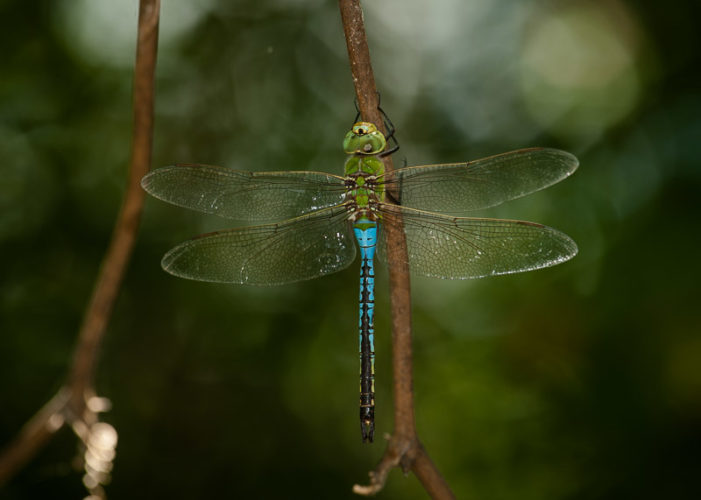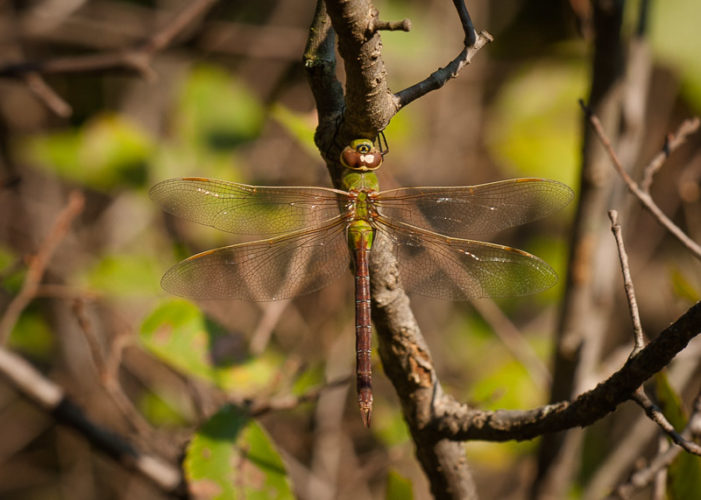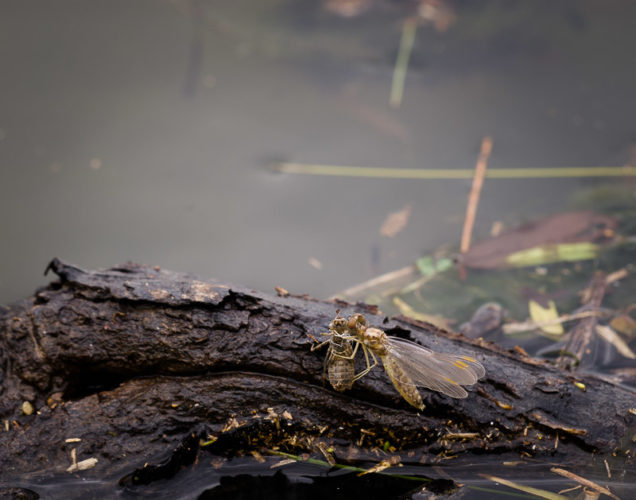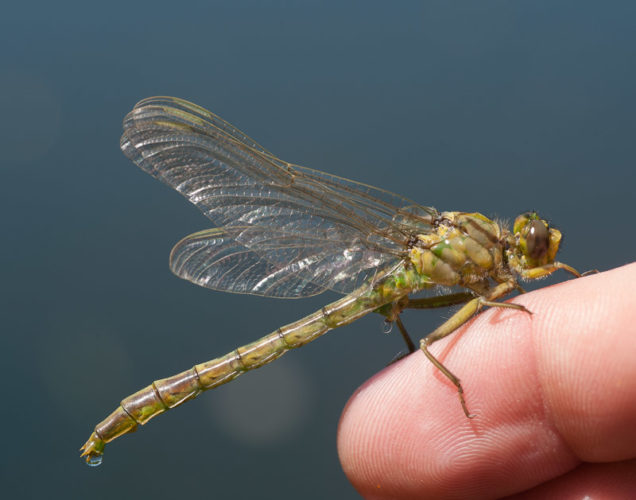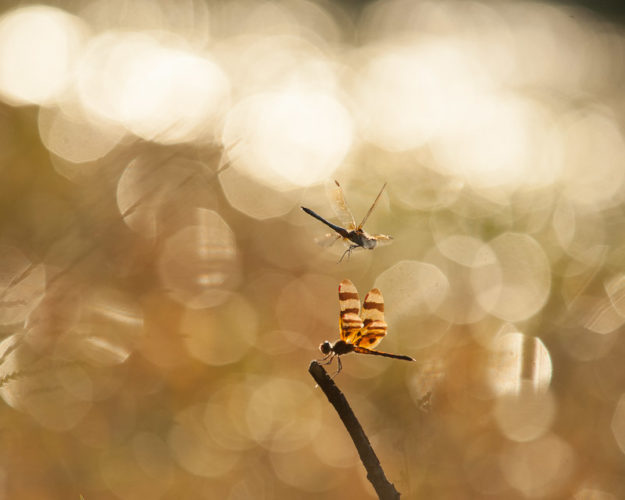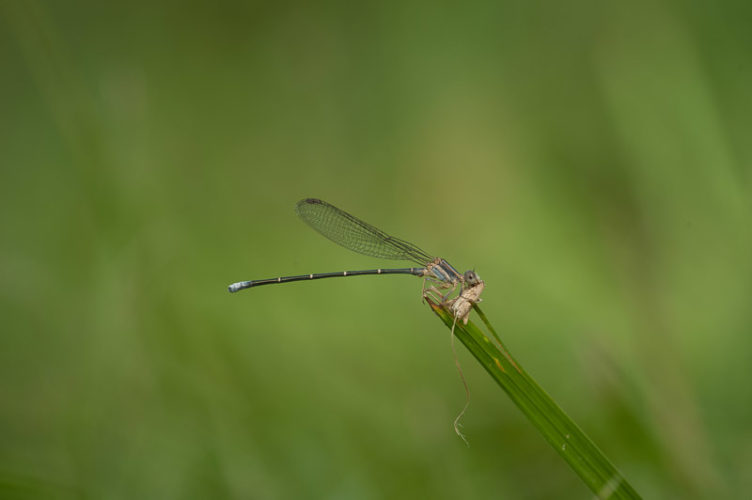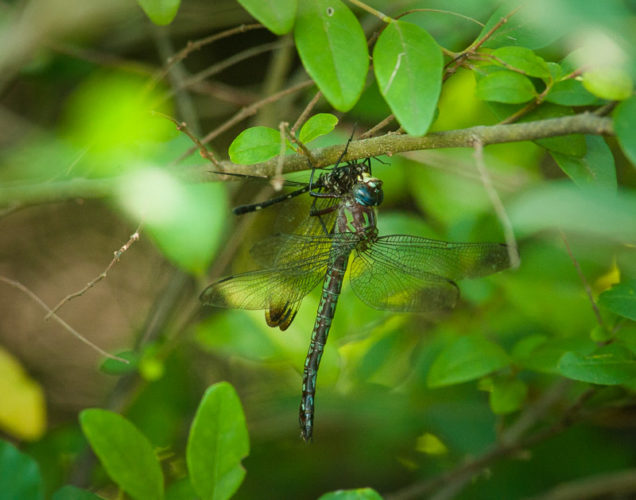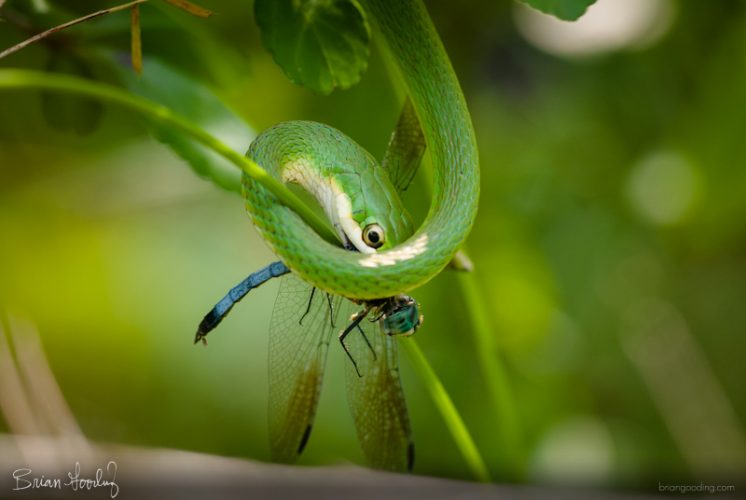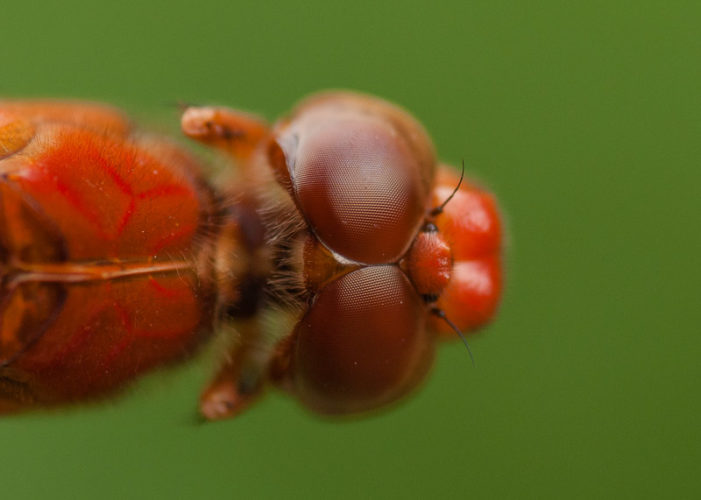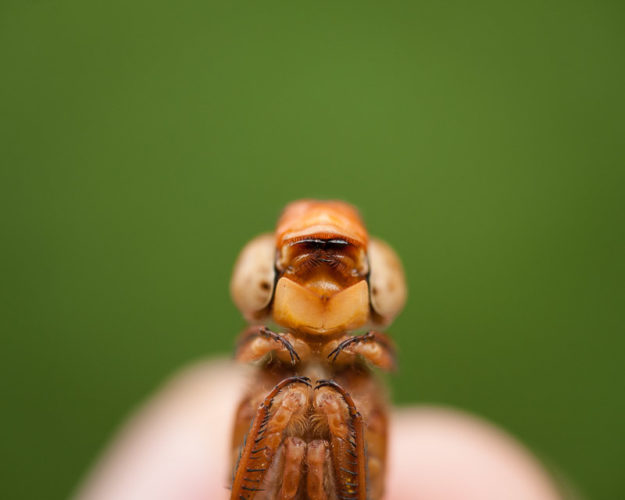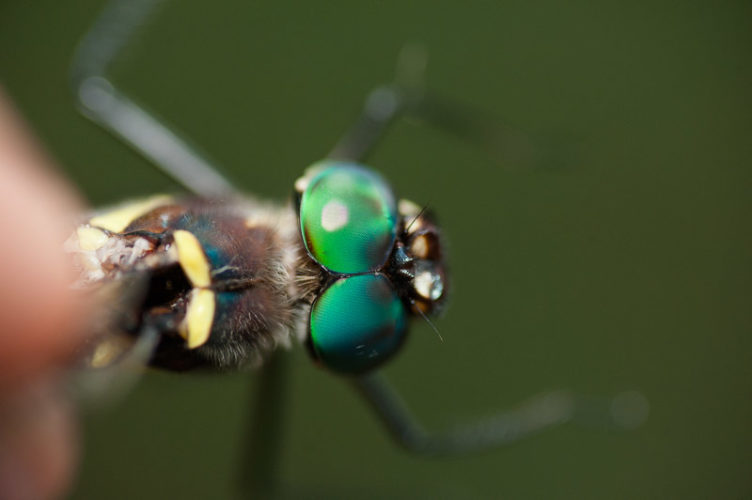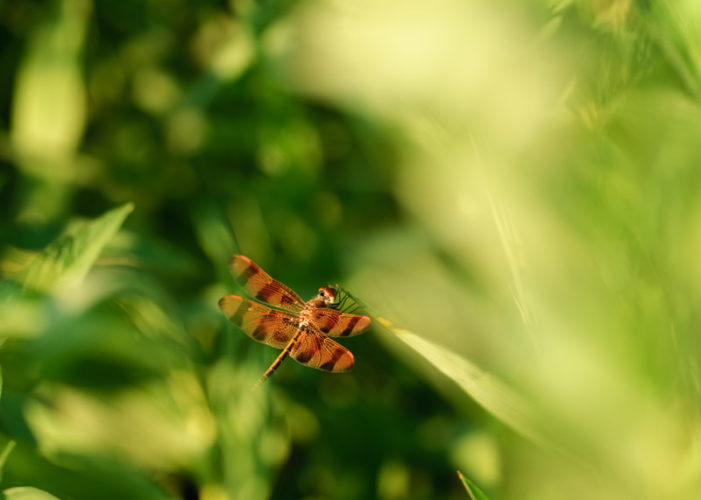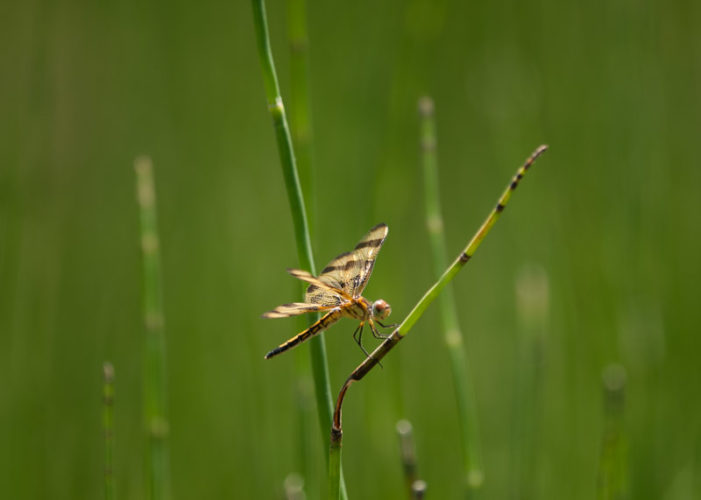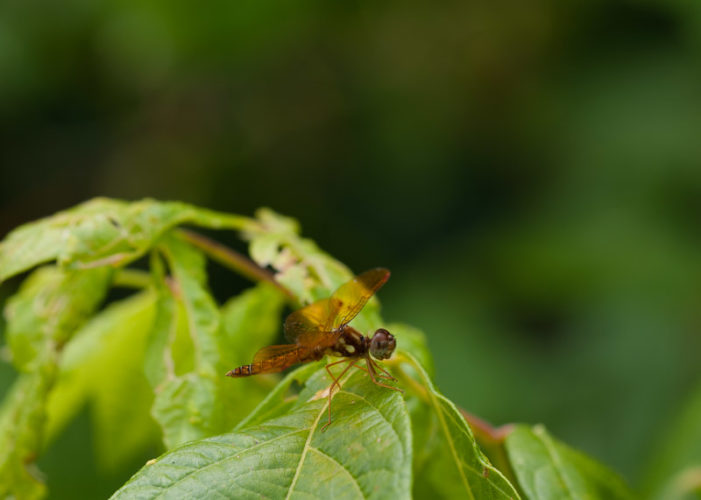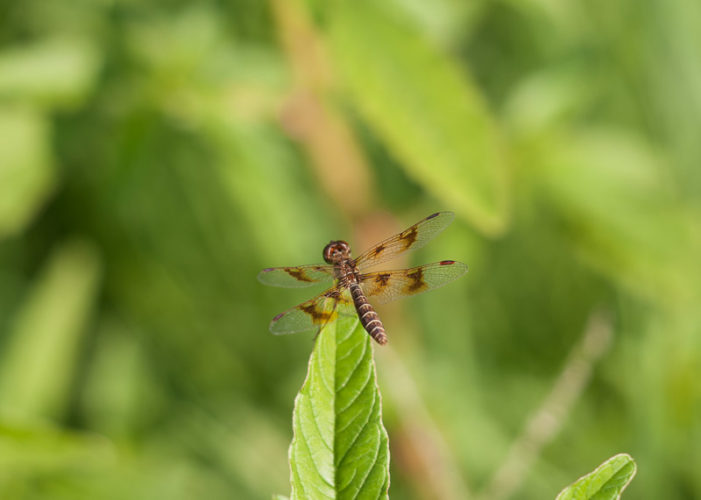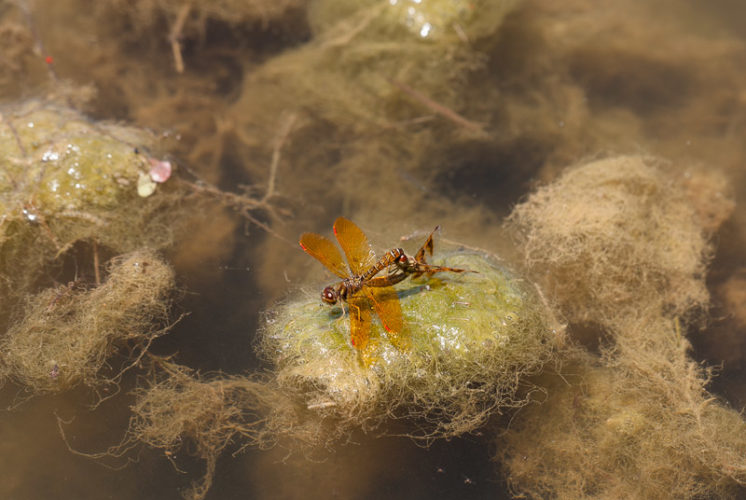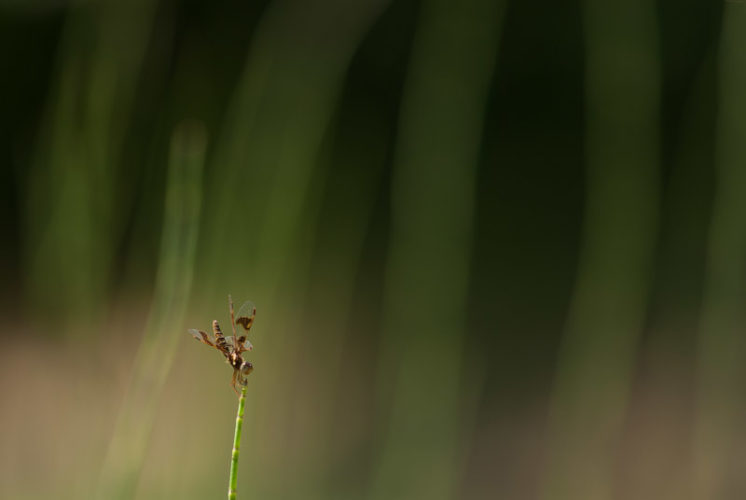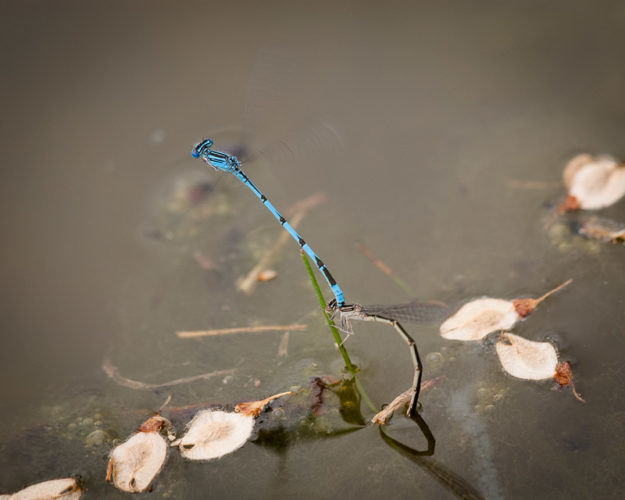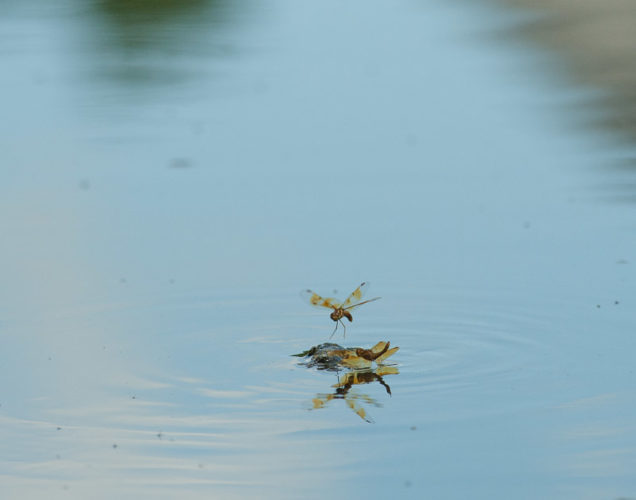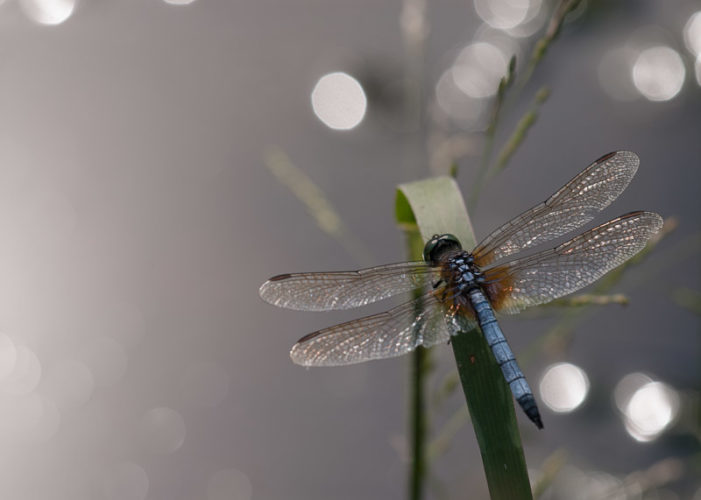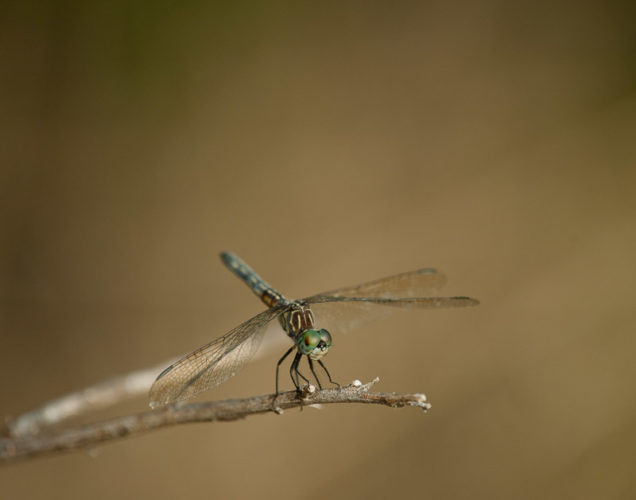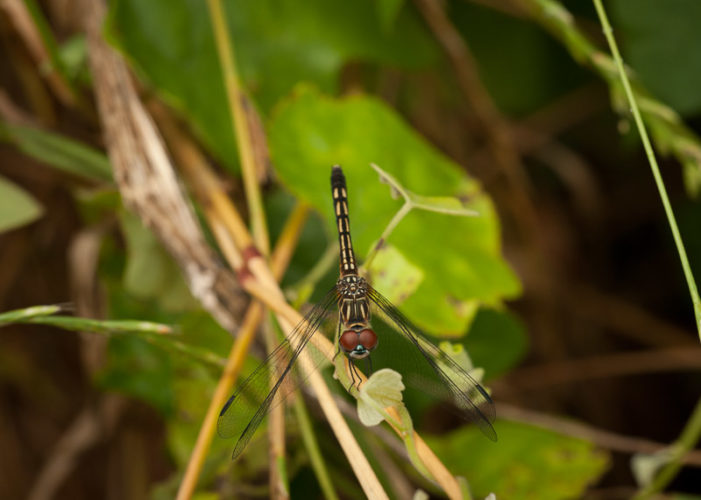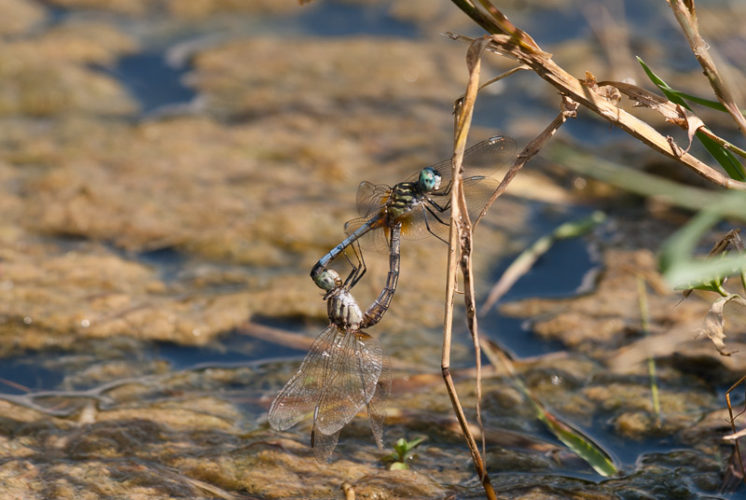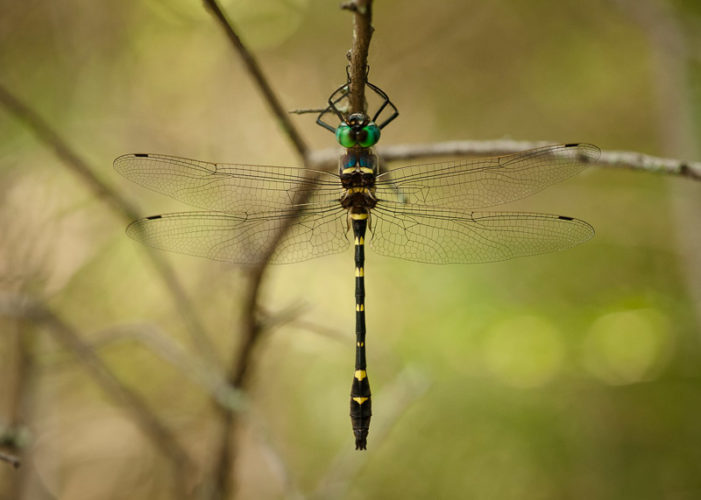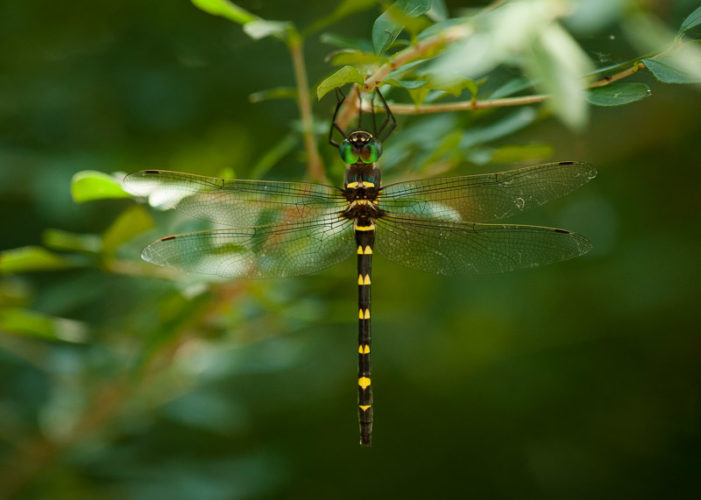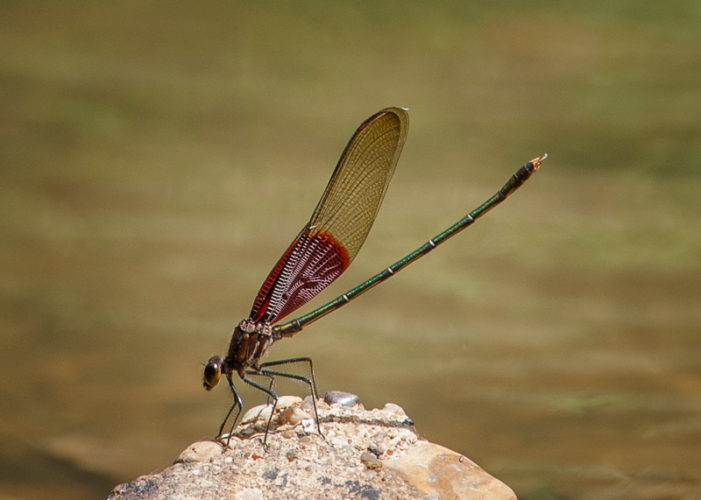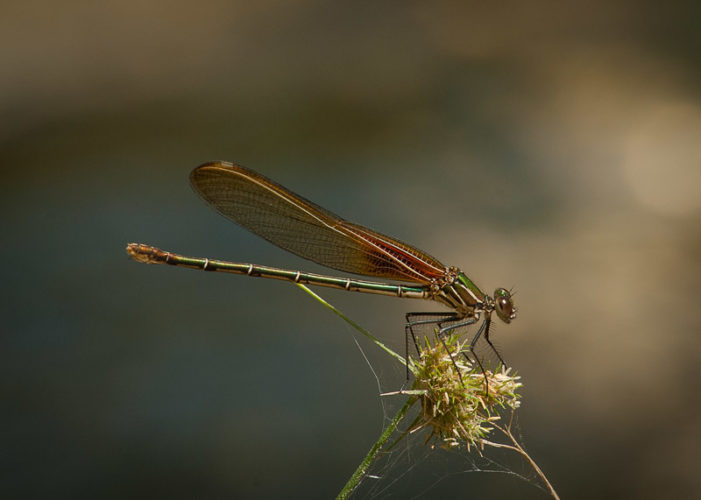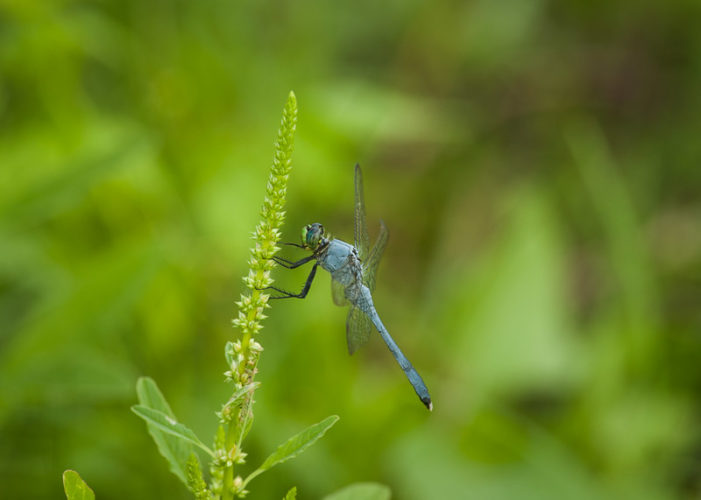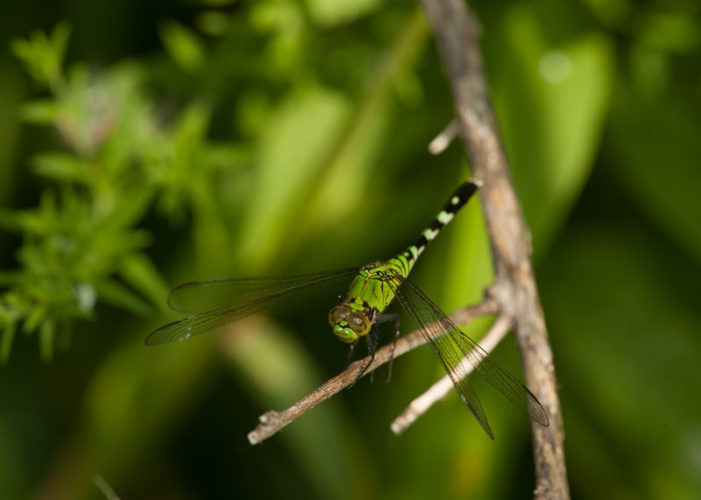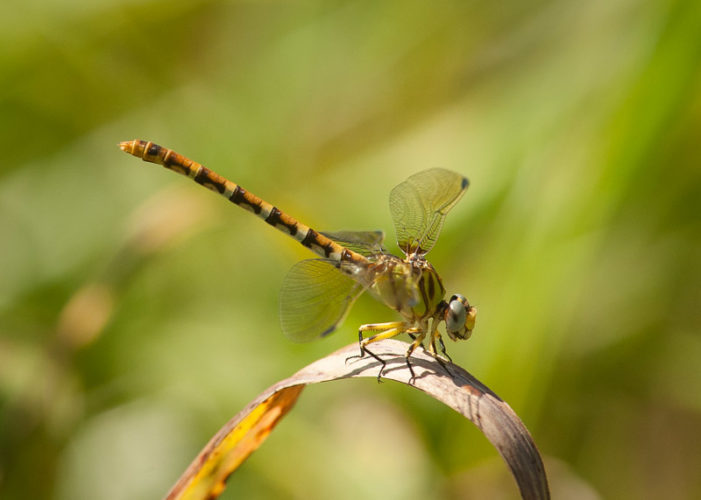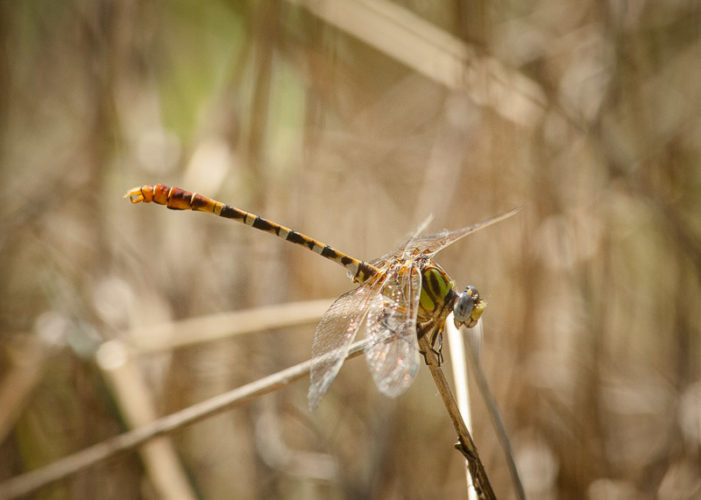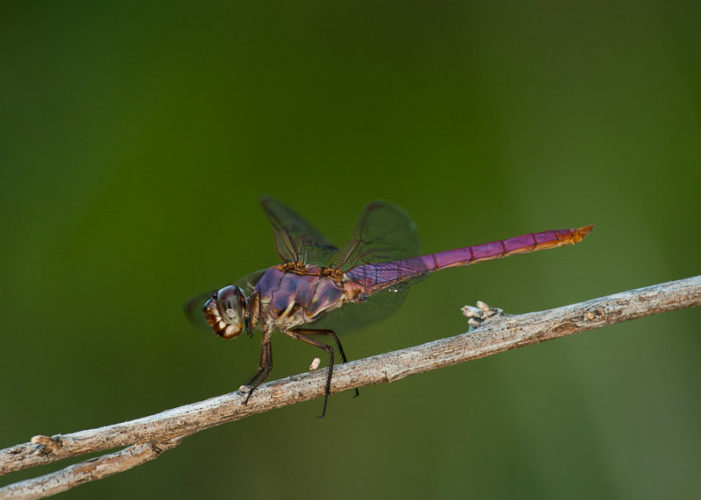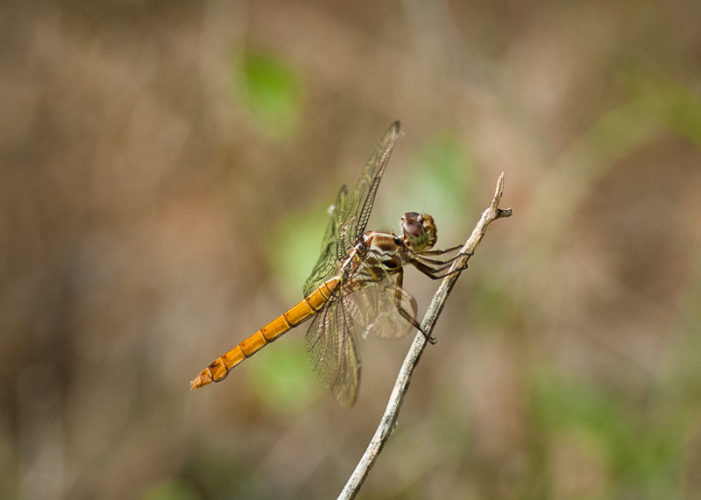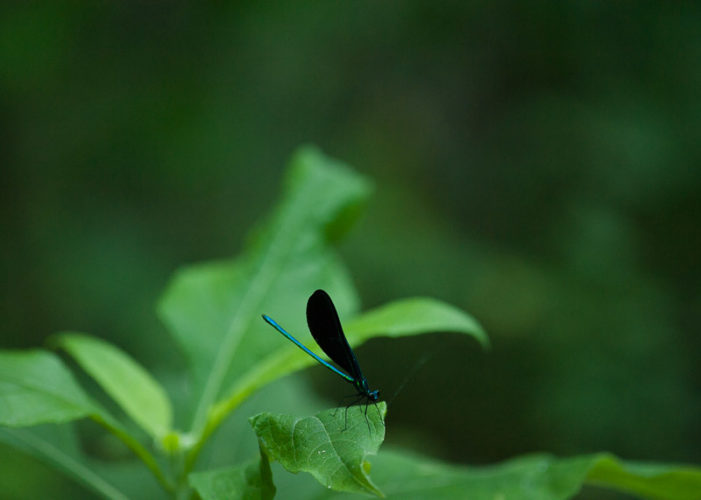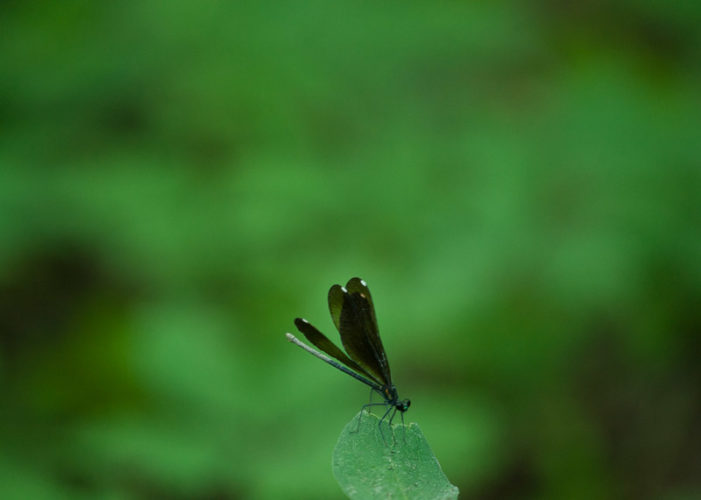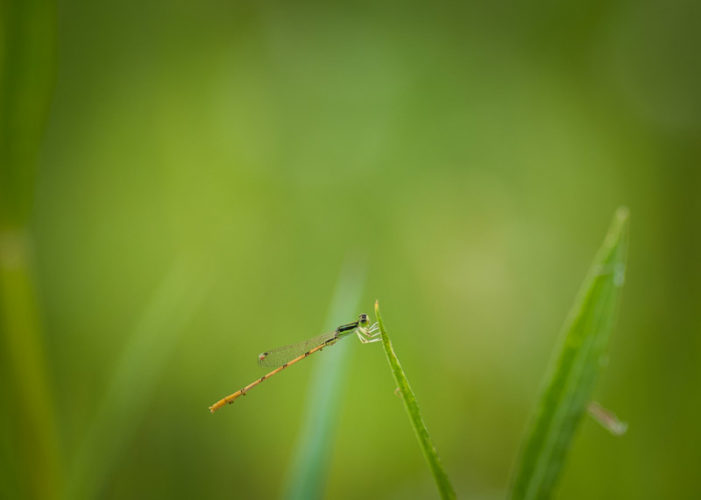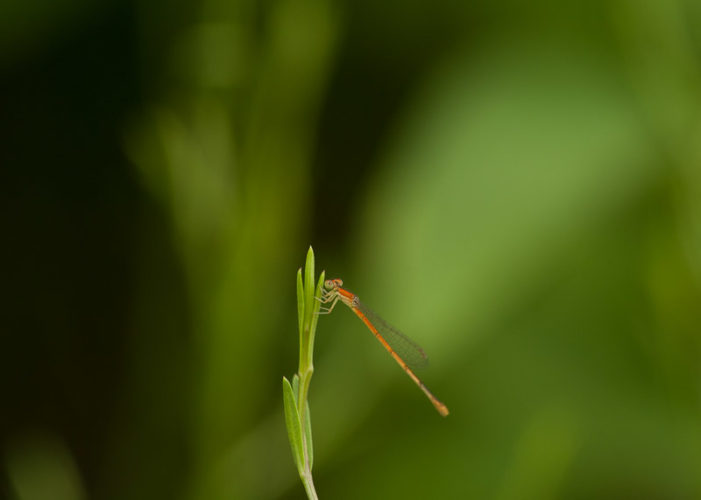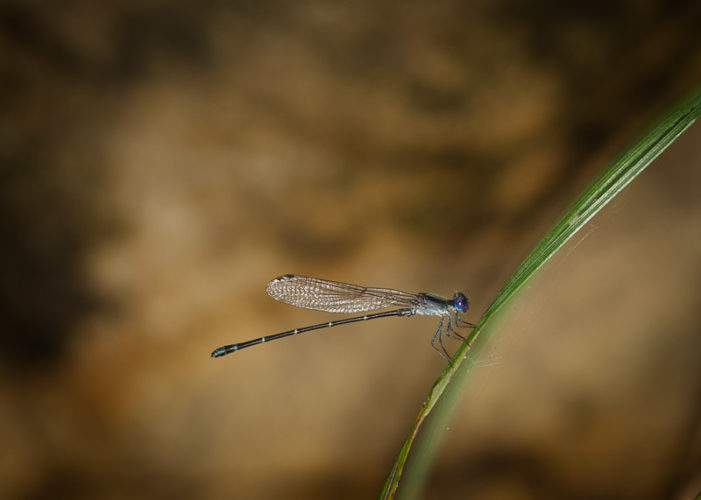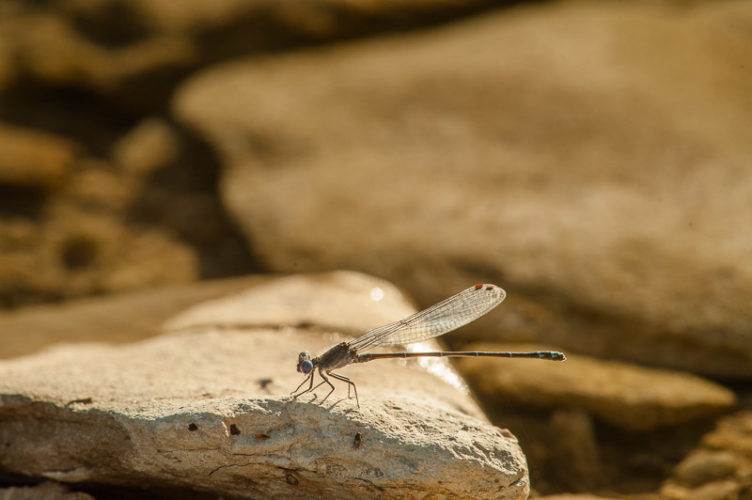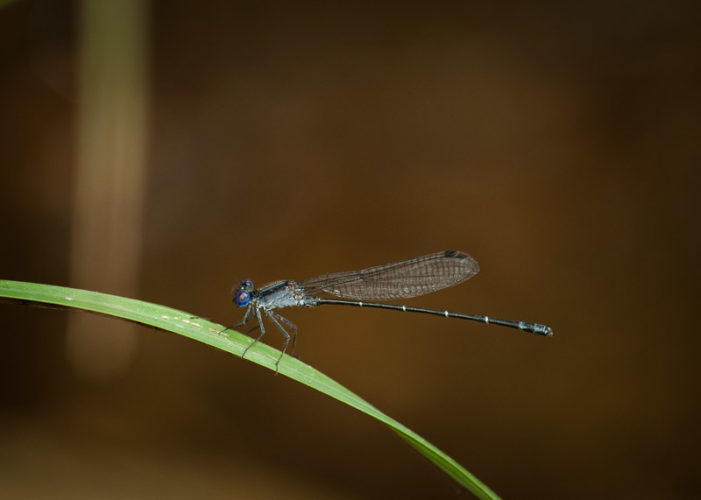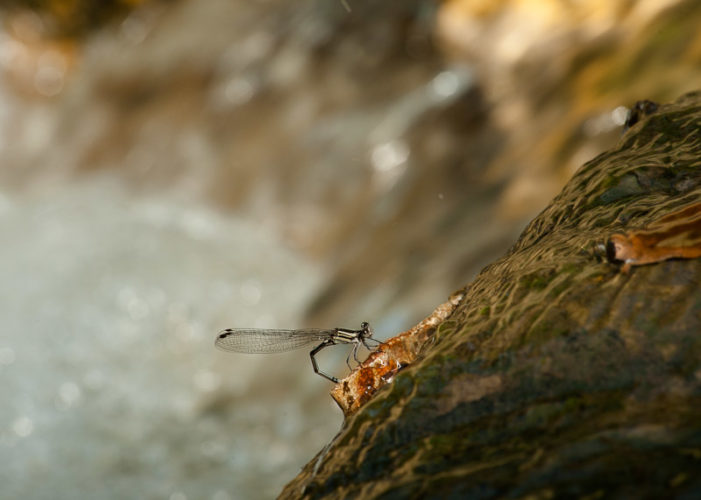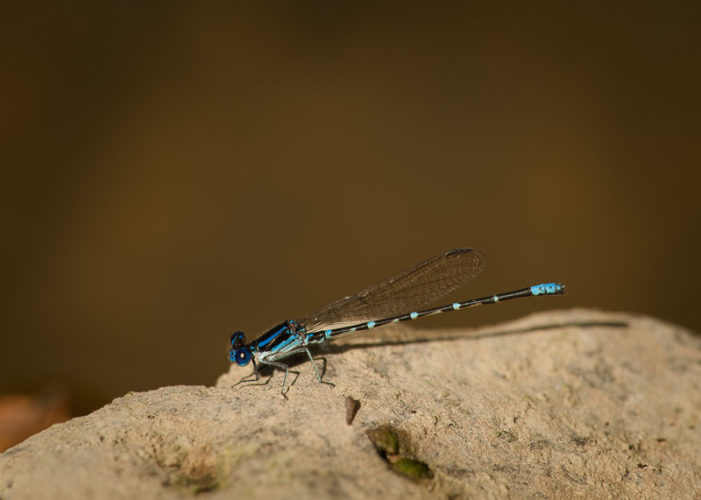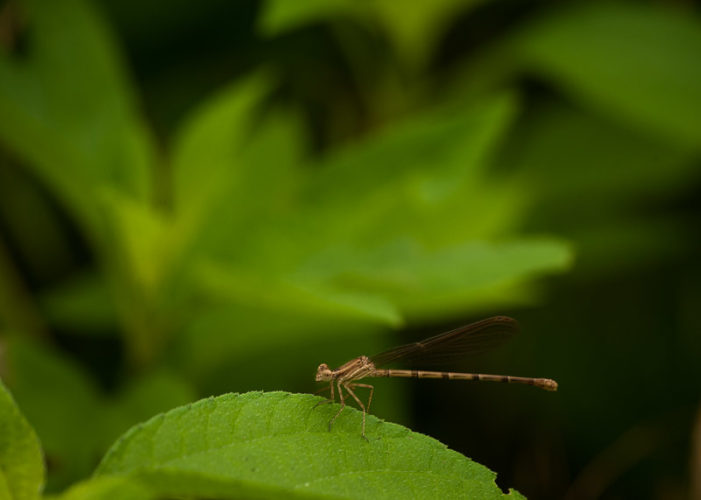about this project
This project is meant to highlight some of the fascinating and colorful creatures in nature that live parallel right in front of us but mostly go unnoticed. Obviously I’m talking about dragonflies—and all of those featured here are able to be seen in Tarrant County, Texas.
Species were chosen based on their relative representation of families and genera present in our location as well as their unique visual characteristics. Species with obvious sexual dimorphism (visual differences between genders) were preferred. On the physical display each species selected has a placard nearby containing its scientific name, it’s approximate flight season in our area, and some points of interest.
There are currently 88 species of Odonata that have been found in Tarrant County (as of June 2020). The order Odonata is subdivided into Anisoptera (dragonflies) and Zygoptera (damselflies). Tarrant County has five different families of Anisoptera further broken down into 34 genera and 59 species in Tarrant County. The local zygopterans are composed of three different families further classified in eight genera and ultimately 28 species.
what are dragonflies?
Dragonflies are insects that have been on Earth for over 300 million years, existing as voracious aerial predators of the insect world. The fossils of relatives of modern-day dragonflies have been found with wingspans over two feet long. As with many other creatures like birds and lizards, dragonflies have since shrunk in size as they have evolved. Setting aside the size differences, the basic body structures of dragonflies have remained relatively unchanged.
The scientific order Odonata is composed of two sub-orders, Anisoptera and Zygoptera. Anisoptera are the generally larger insects that typically hold their wings over their abdomens when at rest. Zygoptera are what we call damselflies; most hold their wings folded over their abdomens when at rest. Zygopterans are generally smaller and less powerful fliers.
Confusingly, in English, the term dragonfly can encompass both sub-orders or just Anisoptera. Unless explicitly specified, dragonfly will refer to both dragonflies (anisopterans) and damselflies (zygopterans) in this text.
life history
In north Texas we typically see dragonflies flying from spring through autumn but they are here year-round. Dragonflies live the larval portion of their life under water in ponds, streams, rivers and other freshwater habitats. Their larval body looks nothing like their adult form.
As larvae dragonflies are important creatures in freshwater food chains as they consume aquatic larvae (notably mosquito larvae) and are themselves food for other creatures such as frogs, fish and even other dragonfly larvae.
They live as larvae for a period of weeks to years (duration will depend on species), molting to grow until they are ready to emerge from the water. Then the dragonflies will molt one final time, inflate their wings, pump the water out of their body and begin the terrestrial portion of their life, as most of us recognize them.
The newly-emerged dragonfly is very shiny and soft, vulnerable to predation—during this phase it is referred to as teneral. The dragonfly’s wings and tissues will harden and the color will set and they then take their maiden flight to cover. They will return to the water when sexually mature to mate and lay eggs.
As adults dragonflies consume mosquitoes and other small insects. They typically live between weeks and months depending on the myriad of factors that can contribute to their deaths. They are predated upon by frogs, fish, birds, snakes and sometimes other dragonflies.
morphology
Like all insects, dragonflies are made up of a head, a thorax, and an abdomen.
The head contains powerful mandibles (mouth parts) used to tear apart prey. The mandibles move side-to-side and have long bristles on them to help catch and retain food. The head also features the dragonfly’s large compound eyes, which can be made up of tens of thousands of individual lenses.
The thorax is the middle body portion between the head and the abdomen. The thorax houses a dragonfly’s robust flight muscles, its wings, and their six legs. The wings are sturdy but flexible and capable of beating independently, which is why dragonflies are capable of such incredible flight maneuvers. The legs are not a primary means of locomotion as adult (they fly to get around) but they have long, sharp spines on them which are helpful for catching on twigs/other perches when landing, as well as scooping up and grasping prey. The sides of the thorax often contain marks useful for identification.
Dragonflies have an abdomen, not a tail. The abdomen is made up of 10 segments and has terminal appendages which differ on males and females.
